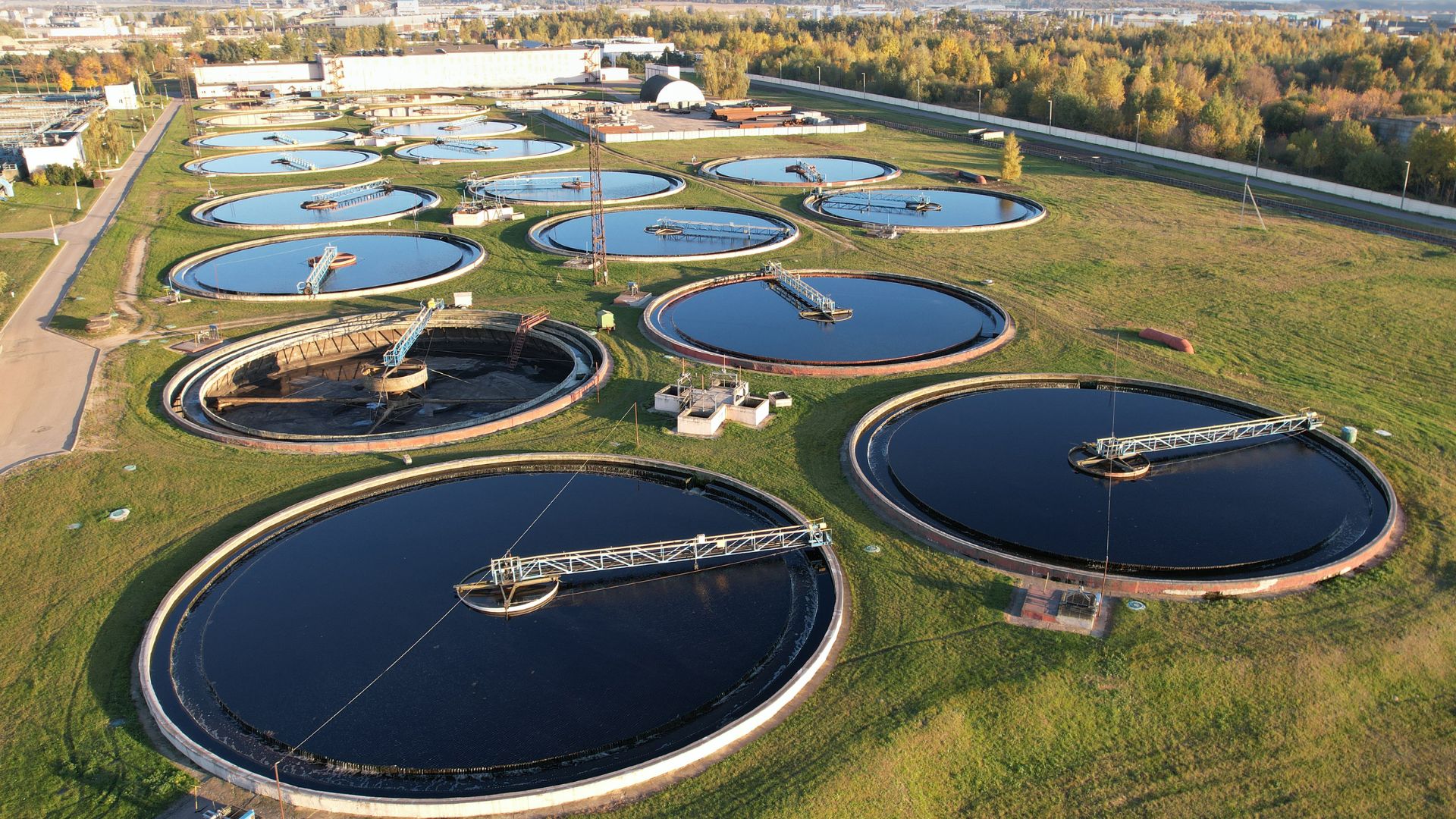Real-Time Monitoring Solutions: Enhancing Efficiency in Wastewater Treatment Operations

A wastewater treatment plant
A wastewater treatment plant is a facility that treats sewage and wastewater from homes, businesses, and industries. Wastewater treatment plants provide many benefits including preventing waterborne diseases, reducing water pollution, reducing odors, and enabling more efficient use of water through recycling for irrigation, industrial cooling etc.
Wastewater treatment operations vary based on the facility, location, and area regulations, but regardless of the operation’s scope, real-time monitoring solutions can enhance efficiency in treating wastewater. Let’s look at how new technology and proven strategies can be key to improving everything from productivity to compliance.
The Importance of Advanced Monitoring for Wastewater Treatment Plants
The water that passes through the facility can affect the surrounding environment if it’s not properly treated. Removing all contaminants is a big undertaking, and it can be made more difficult due to challenges such as budget constraints, unpredictable spills or equipment malfunctions. This is why advanced monitoring solutions for wastewater facilities have become more valuable to operators who can’t afford to take chances with their results.
Understanding Real-Time Wastewater Monitoring Systems
Real-time monitoring solutions keep track of wastewater treatment machinery as it changes over the course of the day. More than just a way to alert technicians in the event of an emergency, monitoring solutions give operators the data they need to track how their machines change over time.
Vibration monitoring provides critical data on all pumps, motors, pipes, valves, mixers, compressors, and blowers. So, if you’re using anthracite to help remove smaller particles from the water, you’ll know if the accumulation of the coal begins to wear down your pulps before they have the chance to collapse. It can even monitor the structural integrity of assets like piping and towers.
As another example, if vibration levels start to tick up in the plant machinery during tourist season at a popular destination, operators can keep a careful eye on how this affects the critical equipment and take preventive actions before there’s a more disruptive malfunction.
Key Technologies Used in Real-Time Vibration Monitoring
Common technology used in wastewater treatment facilities includes the following devices:
● Proximity Sensors: Used in nearly all industrial machinery with fluid film bearings, proximity sensors can monitor for abnormal vibrations or resonance. Digital proximity sensors can provide accurate data for effective monitoring.
● Internet of Things (IoT): The Internet of Things essentially connects your many digital devices, giving operators the ability to gather information (pH levels, flow rates, dissolved oxygen, and more) in relation to one another. So, if you measure inlet pressure of a pump and pump vibration levels, and if the pump cavitates, it’s easier to achieve a more symbiotic analysis.
● Data Analytics Platforms: Data analytics platforms derive valuable insights from collected data. This reduces the need for technicians to perform more granular research and quickly conveys the most important trends and patterns for overall maintenance.
Benefits of Vibration Monitoring for Wastewater Treatment Plants
Better vibration monitoring equipment has multiple benefits for wastewater treatment plants:
● Streamlining Operations: Real-time or continuous monitoring solutions optimize processes by providing better data. Instead of simply conveying endless readings back to a computer, the information is parsed and analyzed, so operators can make smarter decisions about how well their machinery is functioning at any given moment. Whether this means changing the maintenance schedules or shutting down entirely to avoid future costly repairs, the benefits are endless. Downtime for a wastewater treatment facility affects much more than the plant’s budget. It can ultimately be a threat to public safety.
● Improving Productivity: As with most industrial trends, the emphasis of monitoring solutions is to reduce the amount of manual labor. Wastewater facilities can automate various tasks and cut back on the need for manual intervention. This not only opens up time for technicians to perform more critical duties, but it also minimizes the chances of error.
● Reduce Unscheduled Downtime: The equipment in any industrial site rarely follows a straightforward set of rules when it comes to repairs and replacements. With more data, you don’t have to play a guessing game. This can drastically reduce downtime due to a machine malfunction or breakdown.
● Automation: If your team is currently spending most of their time on manual adjustments, today’s vibration monitoring systems automate tasks to free up their attention for analysis or predictive maintenance in wastewater treatment plants.
● Compliance: Whether the regulations in your area are strict or relatively lax, vibration monitoring ensures that all operational components are working in conjunction to sufficiently treat the water.
Future Trends
Vibration monitoring can be applied to multiple stages of the wastewater treatment process. Ideally, operators should use it to understand not just the individual machinery but also how the different machines function together.
It's also worth noting that the latest trends in vibration equipment, which include integration to the control system, are already beginning to gain traction across industrial facilities. Wastewater treatment operators who want to go the extra mile for their communities can implement these solutions to see an even better return on investment.
At Metrix, we work with our clients to find solutions that fit their budgets and production schedules. From equipment to accessories, we help wastewater treatment plants optimize efficiency, improve productivity, and surpass compliance standards. Please reach out to us in case of any questions.
